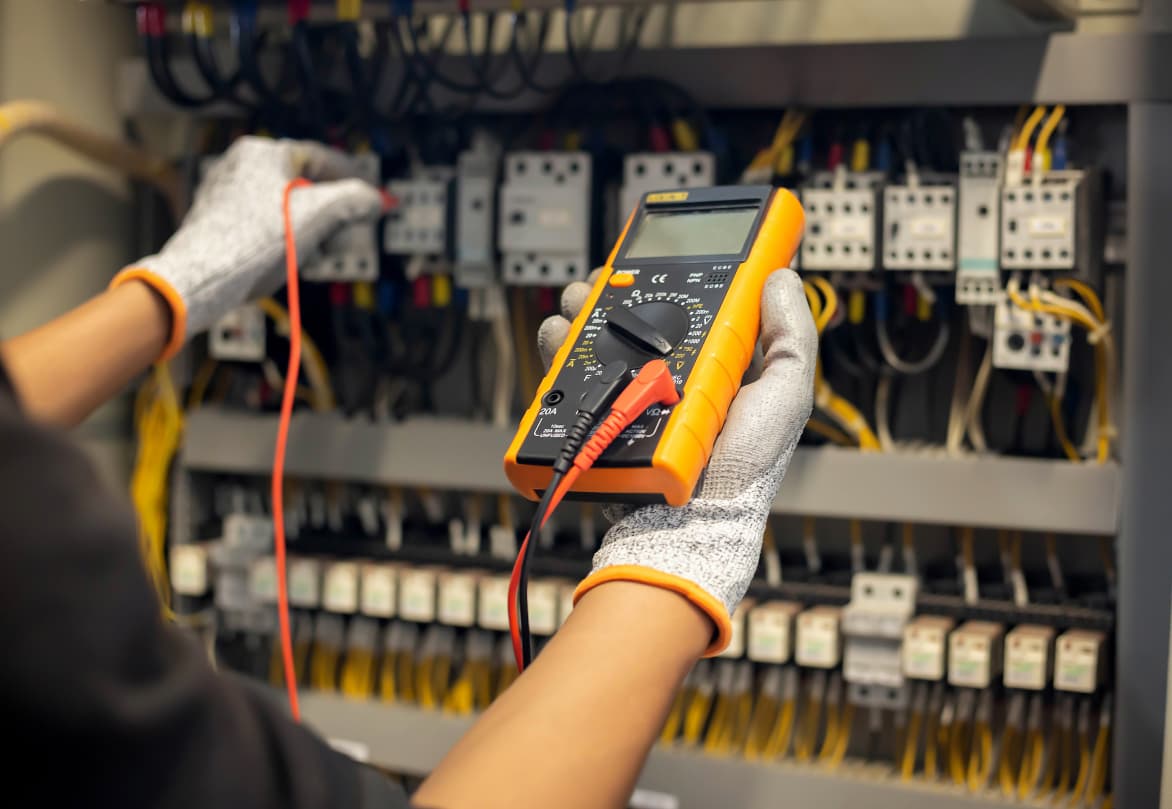Industrial operations are significant consumers of energy, accounting for a substantial portion of global energy consumption and carbon emissions. As the push for sustainability intensifies and energy costs continue to rise, optimizing energy efficiency has become a top priority for industrial facilities worldwide. Fortunately, advancements in technology and innovative solutions offer a myriad of opportunities for industrial enterprises to minimize energy consumption, reduce operational costs, and enhance their environmental stewardship.
In this article, we explore a range of industrial power solutions designed to optimize energy efficiency across various sectors. From conducting energy audits to identify opportunities for improvement to implementing cutting-edge technologies such as high-efficiency motors, energy management systems, and renewable energy integration, industrial facilities have a wealth of options at their disposal. By embracing these solutions and fostering a culture of efficiency, industrial enterprises can not only achieve significant cost savings but also play a pivotal role in the transition to a more sustainable future.
1. Energy Audits: Identifying Opportunities
Energy audits are essential for understanding the current energy consumption patterns within industrial facilities. These audits involve comprehensive assessments of equipment, processes, and infrastructure to identify areas of inefficiency. By analyzing factors such as equipment performance, insulation quality, lighting systems, and HVAC efficiency, energy auditors can pinpoint opportunities for improvement. They provide valuable insights into where energy is being wasted and where strategic investments can yield the highest returns in terms of energy savings and cost reductions.
2. High-Efficiency Motors and Drives: Enhancing Performance
Motors and drives are ubiquitous in industrial settings, powering various processes and equipment. Upgrading to high-efficiency motors and adjustable-speed drives can significantly enhance energy efficiency. These technologies optimize power consumption by matching motor speed to the required load, reducing energy losses associated with constant-speed operation. Additionally, implementing soft starters and variable frequency drives minimizes energy spikes during motor start-up, further enhancing efficiency and prolonging equipment lifespan.
3. Energy Management Systems: Streamlining Operations
Energy management systems (EMS) are instrumental in streamlining energy-intensive operations within industrial facilities. These systems integrate data from various sensors and meters to provide real-time insights into energy consumption patterns. By monitoring and controlling equipment, lighting, HVAC systems, and other energy-consuming assets, EMS enable precise control over energy usage. Automated processes such as scheduling, demand response, and optimization algorithms further enhance efficiency, leading to significant cost savings and environmental benefits.
4. Renewable Energy Integration: Harnessing Sustainable Sources
Integrating renewable energy sources into industrial operations offers a sustainable alternative to traditional fossil fuels. Solar panels, wind turbines, and biomass generators provide clean and abundant sources of energy that can complement existing power sources. By generating electricity on-site or purchasing renewable energy credits, industrial facilities can reduce their carbon footprint and dependency on non-renewable resources. Moreover, integrating renewable energy systems enhances energy resilience and mitigates the impact of fluctuating energy prices and supply disruptions.
5. Employee Engagement and Training: Fostering a Culture of Efficiency
Employee engagement is vital for maximizing energy efficiency in industrial settings. Providing comprehensive training on energy-saving practices and encouraging active participation in energy conservation initiatives can yield significant results. Employees play a crucial role in identifying opportunities for improvement, implementing best practices, and maintaining energy-efficient operations. By fostering a culture of efficiency, industrial facilities empower their workforce to contribute to the organization's sustainability goals and drive continuous improvement in energy performance.
6. Advanced Lighting Solutions: Optimizing Illumination
Lighting accounts for a significant portion of energy consumption in industrial facilities. Implementing advanced lighting solutions such as LED fixtures, occupancy sensors, and daylight harvesting systems can yield substantial energy savings. LED technology offers superior energy efficiency and longer lifespan compared to traditional lighting sources, reducing maintenance costs and enhancing visibility. Occupancy sensors automatically turn off lights in unoccupied areas, while daylight harvesting systems adjust artificial lighting levels based on natural light availability, further optimizing energy usage.
7. Heat Recovery Systems: Recycling Waste Heat
Industrial processes often generate excess heat that can be captured and reused to supplement heating requirements or generate electricity. Heat recovery systems extract waste heat from exhaust gases, cooling water, or process fluids and transfer it to a medium for reuse. By recovering and repurposing waste heat, industrial facilities can reduce their reliance on conventional heating methods, lower energy costs, and minimize greenhouse gas emissions. Common heat recovery applications include preheating combustion air, heating water for boilers, and powering absorption chillers for air conditioning.
8. Smart Building Automation: Integrated Control Systems
Smart building automation systems enable centralized control and monitoring of building systems, including HVAC, lighting, security, and access control. These systems utilize sensors, actuators, and advanced algorithms to optimize energy usage and occupant comfort. By integrating disparate building systems into a unified platform, smart building automation enhances operational efficiency, reduces energy waste, and provides actionable insights for continuous improvement. Real-time monitoring and analytics enable facility managers to identify anomalies, implement energy-saving strategies, and prioritize maintenance activities.
9. Continuous Improvement and Performance Monitoring: Data-Driven Insights
Achieving optimal energy efficiency requires a commitment to continuous improvement and performance monitoring. Implementing key performance indicators (KPIs) and energy management dashboards allows industrial facilities to track energy consumption, identify trends, and measure progress towards sustainability goals. By analyzing historical data and conducting regular performance evaluations, facility managers can identify areas for further optimization, implement corrective actions, and ensure that energy-saving initiatives deliver measurable results over time.
Conclusion
Industrial power solutions are pivotal in optimizing energy efficiency and sustainability in today's manufacturing landscape. By leveraging technologies such as energy audits, high-efficiency motors, energy management systems, renewable energy integration, advanced lighting solutions, heat recovery systems, smart building automation, and continuous improvement practices, industrial facilities can minimize energy consumption, reduce operational costs, and enhance their environmental stewardship. Embracing these solutions not only benefits the bottom line but also positions companies as leaders in the transition to a greener and more sustainable future.

